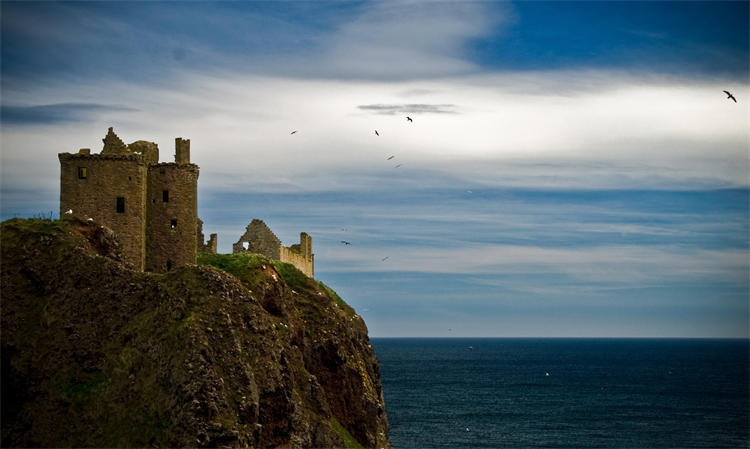老样子,文章开始前,先送出今天的几个变现项目和获客方法:

免费领取方式:
添加微信:HG2833 备注:领项目
请一定要填写备注,不备注不通过。

New Media Film Marketing: The Characteristics of New Media Film Marketing Tools
With the rise of new media technologies and the proliferation of digital platforms, the way films are marketed has undergone a seismic shift in recent years. No longer reliant solely on traditional advertising methods such as cinema trailers, posters and billboards, filmmakers now have access to a plethora of digital marketing tools that allow them to reach a wider, more targeted audience than ever before.
These new tools are collectively referred to as new media film marketing, and they include a range of activities, from social media campaigns and influencer endorsements to online streaming and interactive content. In this article, we will explore the characteristics of new media film marketing and why it has become such an important part of the film industry’s promotional strategy.
One of the defining features of new media film marketing is its interactivity. Unlike traditional advertising, which is often one-way communication, new media marketing provides an opportunity for filmmakers to engage directly with their audiences. This could be through interactive social media content such as quizzes, polls or video challenges, where viewers can engage with the film’s storyline and characters in a fun and engaging way.
Another important aspect of new media film marketing is its ability to target specific demographic groups. By analyzing data from social media platforms and other digital tools, filmmakers can identify the key characteristics of their audience and tailor their marketing efforts accordingly. This can include creating specific content for different age groups, geographic locations or cultural interests.
One example of this is the marketing campaign for Disney’s Moana, which identified its target demographic as young girls between the ages of six and twelve. To reach this audience, Disney used social media influencer marketing, partnering with YouTubers who had large followings of this demographic. By creating Moana-inspired content that was shared on these influencers’ channels, Disney was able to connect with its target audience in a way that felt both organic and authentic.
Finally, new media film marketing is notable for its emphasis on content creation. Rather than simply relying on promotional trailers or posters, filmmakers today are expected to create a wide range of engaging digital content that can be shared across multiple platforms. This could include behind-the-scenes footage, interviews with cast and crew, or even virtual reality experiences.
This focus on content creation is not just about providing audiences with more material to engage with. It’s also an opportunity for filmmakers to establish a deeper connection with their audience, building anticipation and excitement for the movie’s release while also providing a more immersive experience for viewers.
In conclusion, new media film marketing represents a fundamental shift in the way films are promoted, providing a range of tools that allow filmmakers to engage with their audiences more directly and tailor their marketing efforts to specific demographic groups. By emphasizing interactivity, targeting, and content creation, new media marketing has become an essential part of the film industry’s promotional strategy and will only become more important in the years to come.




